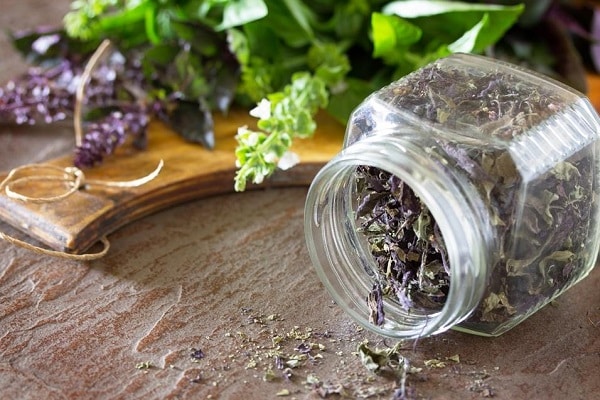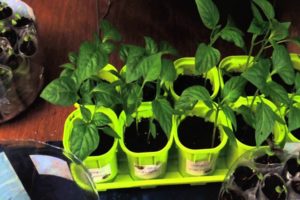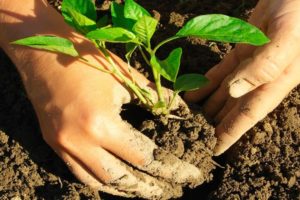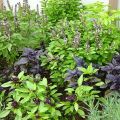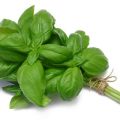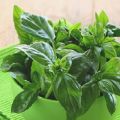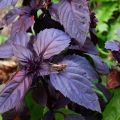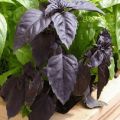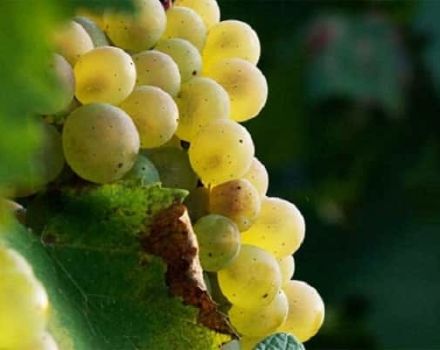What is basil, where does it grow and what does the plant look like
Not everyone is familiar with a spice like basil. Therefore, it is interesting to know what it is basil. The sonorous name of the herb is mesmerizing, associated with oriental cuisine, aromas of exotic dishes. Basil is translated from Greek as "royal", "royal". The grass belongs to the Yasnotkov family, and is not considered a curiosity for summer residents. Spice varieties have been developed, which are grown everywhere, adding canned food to various dishes.
Biological description and distribution
More than 70 varieties of spicy herbs are known to scientists, but 3 species are most common in vegetable gardens, which differ in the size of the leaves and their color. Depending on the application, camphor basil is distinguished, used in medicine, fragrant or ordinary for the preparation of seasonings.
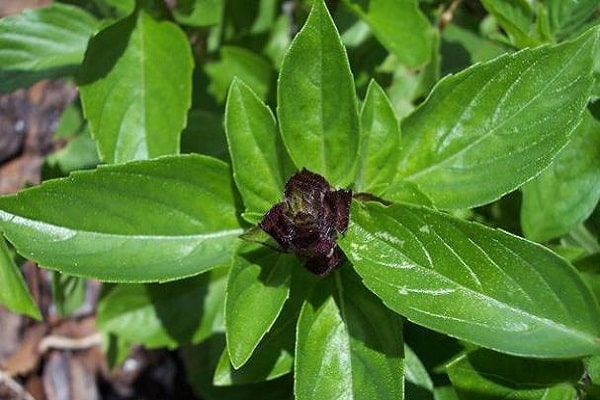
If in the countries of the Mediterranean region a spice plant is found in the wild, then in other regions it is cultivated, grown for treatment, for consumption. In Greece the herb is called reagan, and in India it is known as tulsi - incomparable. The grass does not tolerate frost at all, therefore it is more common in areas with comfortable climatic conditions: in the Caucasus, in the Crimea, on the Pacific islands. But summer residents also grow basil in Siberia, choosing varieties adapted to more severe conditions.
The whole plant is fragrant: both the leaves of the basil, and the stem, and the calyx of the inflorescences.
Among plants, there are both annual and perennial specimens.

Basilica photo
I wonder what basil looks like in the garden. This plant has tetrahedral stems that rise up to 30-60 centimeters above the ground. You can decorate the site with beds of different types of plants. After all, basil leaves can be green, purple or burgundy. And when the grass blooms, it is impossible to take your eyes off the miniature cups of white, pink, purple. The inflorescences reach a length of 30 centimeters, towering at the top of the stem. At the same time, the aroma from the plantings spreads around, attracting insects with a peppery, mint, lemon scent.
There are varieties with smooth and fluffy leaves and stems. They contain glands that secrete essential oils with various scents.
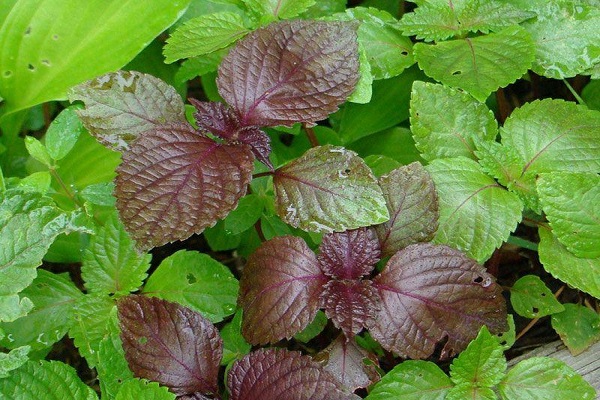
In late August - early September, instead of flowers, black nuts are formed, where basil seeds are hidden. They are independently scattered over the territory, so the grass spreads. To avoid chaotic growth of the spice, seeds are collected and planted in beds in sunny areas or in a greenhouse. Basil is also grown in pots on the windowsill.
Basil composition
The aromatic herb contains many beneficial elements. In the green parts of the plant, almost all the B vitamins, ascorbic acid. Basil leaves are appreciated for the presence of potassium, calcium, magnesium, iron, choline in them. Therefore, it is useful to harvest leaves for medicinal purposes.
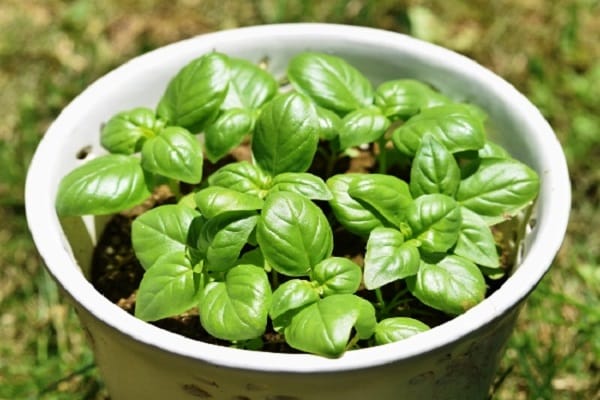
Among the greenery, basil is famous not only for fragrant flowers, the plant also has medicinal properties. Leaves and stems are used as a seasoning due to the presence of essential oils. Dry herb is used by culinary specialists to prepare dishes of French, Georgian, Italian cuisine. There are only 23 Kilocalories in 100 grams of spice. The parts of the plant contain more proteins and carbohydrates than fats. The nutritional value of dried grass increases, as the carbohydrate content in it increases.
Due to the rich composition of the basil, the plant has both medicinal and excellent taste. It is advised to use it as a seasoning in diets for those who want to lose extra pounds.
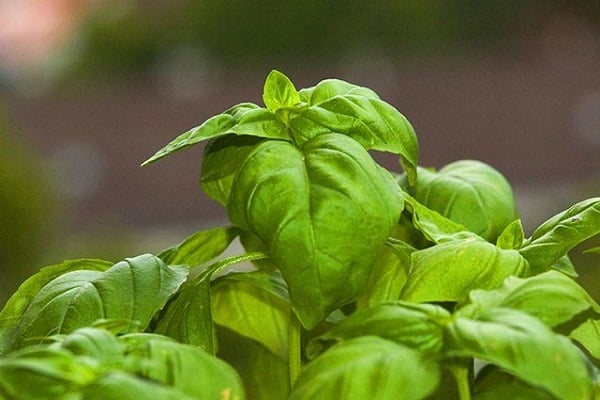
Basil uses and beneficial properties
When people talk about using a spicy herb, they usually mean ordinary basil. The bred plant varieties have many culinary and medicinal benefits.
In medicine
Basil camphor is actively used in medicine. Even during the war years, the plant was used to prepare camphor alcohol, which served as an excellent antiseptic in the treatment of wounds.
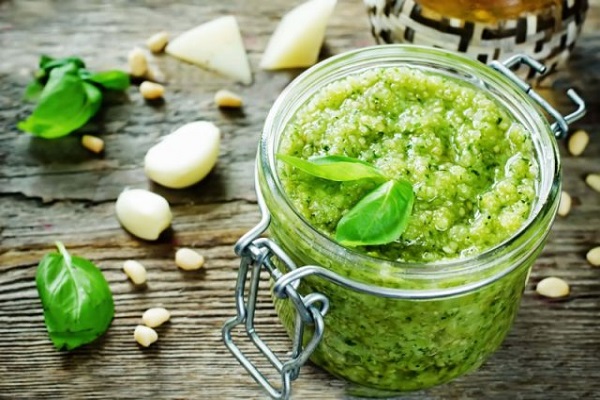
The use of the herb of common basil is based on the fact that basil helps in the treatment of patients with:
- asthenia;
- weakened respiratory function;
- circulatory disorders;
- depressed state of the central nervous system;
- epilepsy;
- headaches and toothaches;
- colds of the upper respiratory tract, sore throat.
Spice-based products stop vomiting. They should be used to improve digestion, increase appetite.
Leaf infusions are used for rinsing with stomatitis, compresses in the treatment of allergic dermatitis.
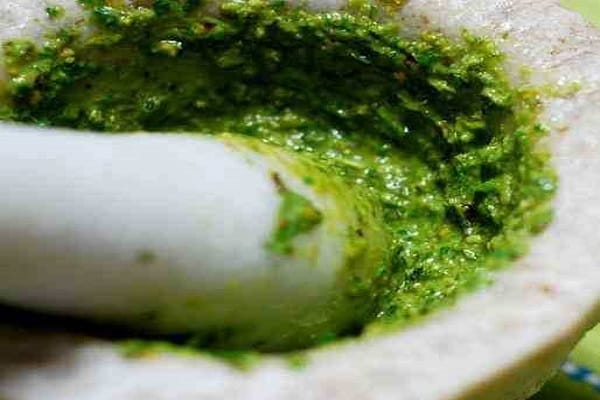
In cooking
Basil, its leaves, fresh and dried, are used in cooking. Greek, Caucasian, Italian cuisine cannot be imagined without this seasoning.
The vegetable basil in the Central Asian dishes is called rayhon. Not a single dish of national cuisine can do without seasoning. And the main dishes of the peoples of the Caucasus are seasoned with dried Reagan herb. Fresh young shoots are eaten raw with pleasure.
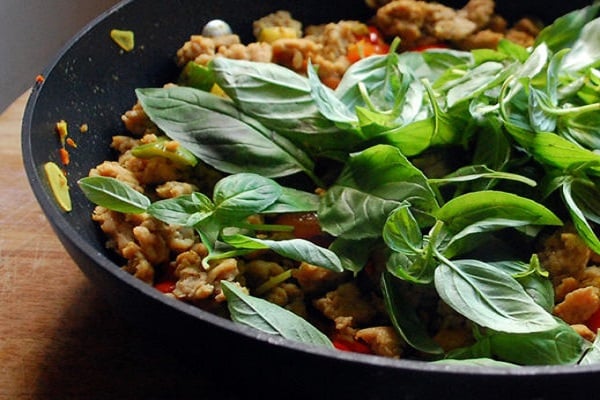
Sweet basil is put:
- French in sauces, soups;
- the British - cottage cheese, pates, stews and tomato salads;
- Italian chefs sprinkle pasta, boiled and jellied fish with powdered spice;
- to spice up salads, sauces, ketchups;
- in the manufacture of sausages, canned and smoked products.
For the herb to retain its aroma in dishes, sprinkle the dish with spice before serving. 0.5 grams of dried greens powder is enough per serving.

In cosmetology
Medicinal herbs with a strong aroma are not overlooked by perfumers. The essential oil obtained by steam distillation is widely used in the preparation of cosmetics for skin care. After using the cream, gel with basil oil, the skin becomes firm, elastic, and rejuvenated.
Antioxidants in the plant have a positive effect on the restoration of metabolic processes in the dermis at the cellular level, normalize the water-salt and fat balance.
The juice obtained from the spicy herb helps to heal skin inflammation and ulcers. Therefore, fragrant basil is used in lotions, cleansers. The drugs can reduce the amount of acne on the face, heal purulent wounds with acne.

The herb with the smell of lemon, cinnamon, mint is added as a flavoring agent to soap, perfume, toothpaste. In addition, the funds have an antiseptic effect on tissues and mucous membranes.
Do not get carried away with spice-based cosmetics for people with allergic reactions, sensitive skin.
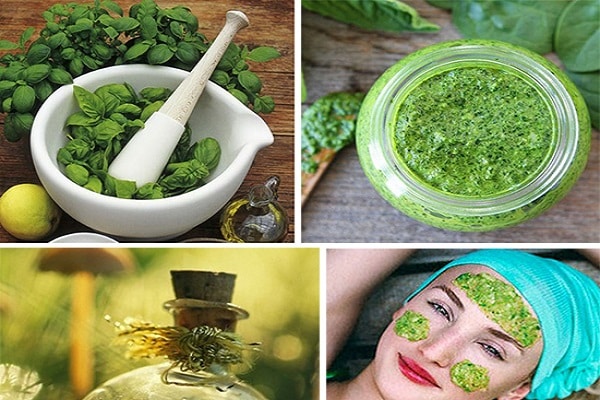
At home
An experienced housewife can use common basil to flavor the premises of the house by spreading the branches on parchment paper.
The finished oil of the plant is buried in special aroma lamps, selecting the desired smell. When cleaning the house, add 2-3 drops to the bucket for cleaning the floor. And dropping on a soft napkin, they wipe the furniture.
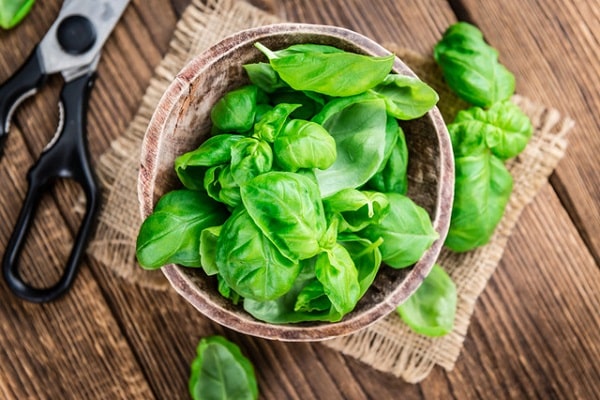
In home preservation, fresh leaves of spicy herbs are used, adding to marinades for preparing blanks for the winter. The plant goes well with tomatoes. It will add originality to ketchups and sauces.
You can cook the herb, fold it into airtight bags and send it to the freezer. So until the next harvest, the hostess will use seasoning.
The leaves are kept fresh in a glass jar when poured with olive oil. For 3 months, you can season dishes with spicy herbs.
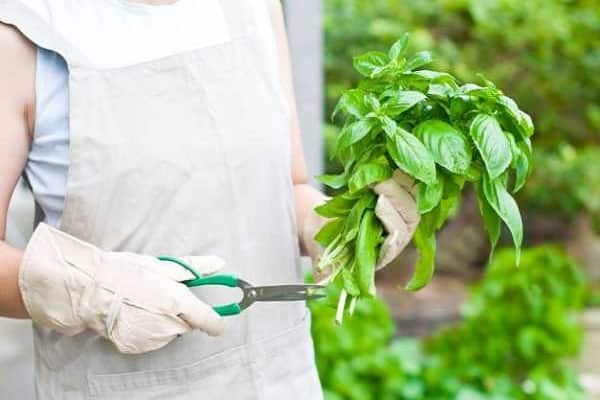
Useful properties and contraindications to the use of basil
Like any essential oil crops, it is necessary to use spicy herbs with caution, especially for those who suffer:
- blood clotting disorders;
- thrombophlebitis, varicose veins;
- peptic ulcer and 12 duodenal ulcer;
- hypertension and heart failure.
Harms the herb for allergy sufferers who have reactions to the strong spicy aroma of the plant.
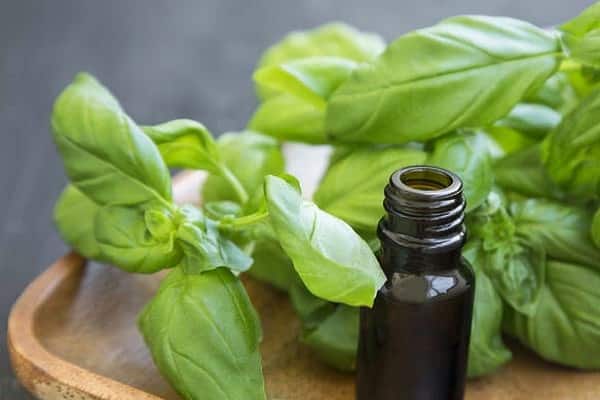
To increase appetite, it is worth using basil leaves, adding them to tea or dishes, but excessive use will irritate the mucous membrane of the stomach and intestines.
Do not use preparations with herbal essential oils more than 3 times a week. Excessive doses will lead to poisoning. It is dangerous to give spice-based products to children under 7 years old, women during pregnancy and lactation. Vegetable crops like sweet basil can have unpredictable reactions. Fragrant, it can cause dizziness, fainting when taken in large quantities.
You should not get carried away with chewing fresh leaves of the plant for those who have increased sensitivity of tooth enamel.
Before using preparations based on spicy herbs, be sure to consult a doctor.
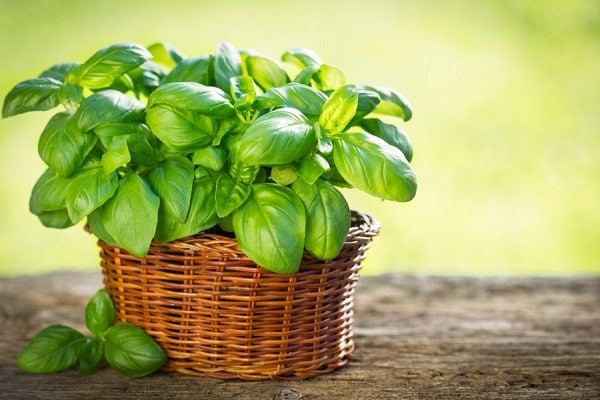
Folk recipes
Traditional medicine advises taking sweet basil in cases where:
- Rocks in transport. They put a couple of leaves of grass in the mouth during the trip.
- The nervous system is depressed, there is a feeling of heaviness in the stomach. 15-30 grams of raw materials are poured with boiling water in the amount of 60 milliliters. The tool must be infused before cooling, then strain and take half a glass 2 times a day. After a week of treatment, take a break for 14 days, then repeat the course.
- Shoots in the ears. The juice from the leaves and stems of the plant is squeezed out when the grass has not yet bloomed. In its pure form, it can be instilled into the ears with purulent otitis media.
- Revealed a urinary tract infection. Inside, use in diluted form, mixing with water in equal amounts. The solution is taken for cystitis, pyelonephritis 2-3 times a day. You can replace the juice with an infusion of basil leaves: 2 tablespoons of the herb per 500 milliliters of hot water. Drink half a glass three times a day.
- You need to improve your eyesight. Compresses are made from essential oil in the amount of 2-3 drops to a glass of hot water for 10-15 minutes once a day. Thanks to the strong antioxidant in basil oil, you can keep your eyesight intact until old age.
- You need to prepare for the birth of a baby. To facilitate childbirth, they begin to drink an infusion of common basil, lemon balm, borage, violet flowers in a week, taking plants in a ratio of 2: 2: 1: 1. Pour 1 tablespoon of the collection with 500 ml of hot water. Drink 100 grams of the drug, alternating with tea from raspberry leaves.
- It is necessary to eliminate inflammation in the mouth.To soothe a toothache, use an infusion of leaves, rinsing the mouth 2-3 times a day.
- Sore throat, coughing. Basil essential oil (4-5 drops) can be added to the potato decoction and breathed.
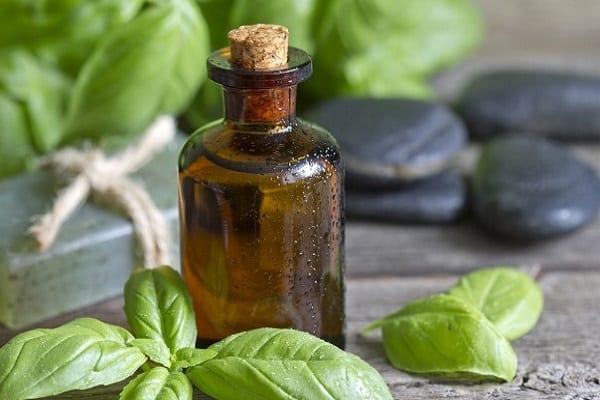
Fresh grass leaves purify indoor air, repel insects. Indians and Africans rub the leather with crushed spice leaves to get rid of flying parasites.
Interesting facts about the basilica
There are many interesting things associated with basil. Where the bushes of the plant grew, pests of the garden and vegetable garden do not appear. Therefore, it is worth starting to grow herbs on your site, since basil will attract with its smell and beneficial insects, which will pollinate garden and vegetable crops. The plant attracts bees, bumblebees in the greenhouse, so you can plant spicy grass there too.
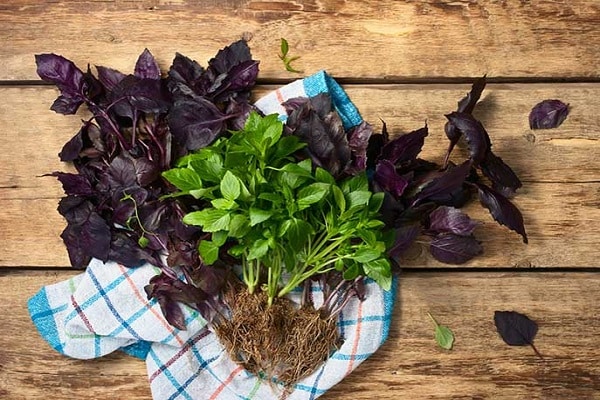
Indians consider the aromatic plant to be divine. It protects the home from evil spells, cleans the human aura. And the Egyptians used aromatic powder in mixtures for mummification. A rosary was made from the stems of the plant, which could protect from evil forces, the evil eye.
In the countries of southern Europe, the Reagan is considered a plant indicating loyalty and love. If a young man takes a stalk of grass from a girl's hands, then he becomes her groom. Considered a potent aphrodisiac, the herb will help increase sex drive. It is advised to take the herb before love joys for both men and women.
The taste of basil is considered incomparable, regal. After all, earlier dishes with spices were served only in wealthy homes. Now everyone can enjoy the aroma by adding fresh leaves to summer salads. Without them, you can't make a real Italian pesto sauce.
